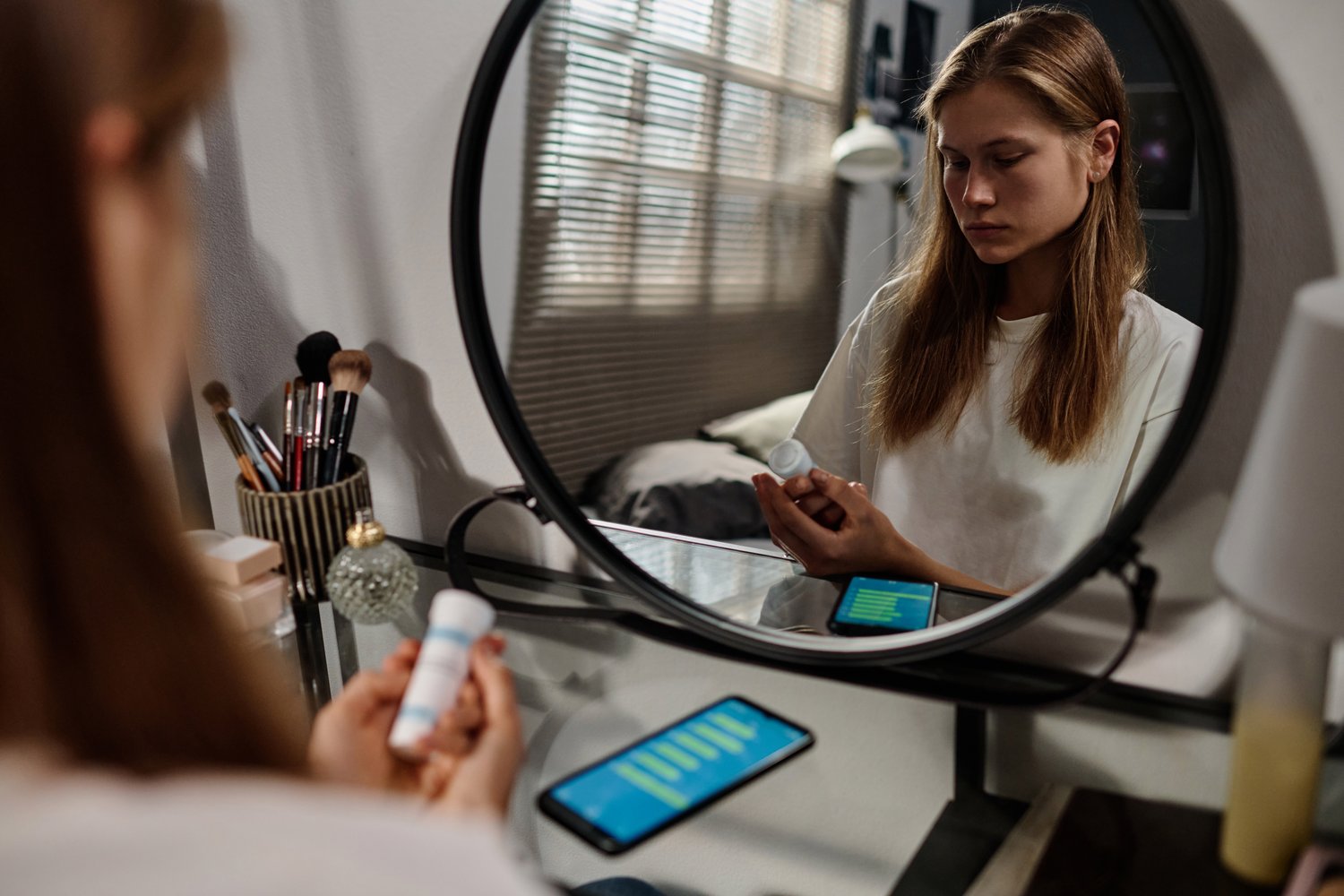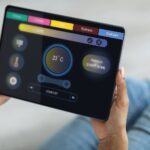Smart mirrors are quickly becoming a staple in modern homes, enhancing not just aesthetics but functionality with their advanced features. Yet, when these devices encounter difficulties, even seasoned users can find themselves puzzled by performance hitches. Delving into both software and hardware issues is key to keeping your reflective technology running smoothly.
- Explore common software glitches in smart mirrors and recognize their symptoms for timely intervention.
- Uncover the frequent hardware malfunctions that could disrupt your smart mirror’s performance and learn practical troubleshooting methods.
- Discover diagnostic tools that offer precise solutions to smart mirror system issues, efficiently pinpointing problems.
- Understand essential practices to ensure your smart mirror maintains optimal performance post-troubleshooting.
This article equips you with the essential knowledge to tackle smart mirror challenges effectively, ensuring these tech marvels continue to enhance your living space. Dive deeper to uncover techniques that not only resolve current issues but also implement preventive measures for the future.
Understanding Common Smart Mirror Display Issues: Software and Hardware Troubleshooting
Smart mirror displays are innovative devices that offer interactive features and enhanced functionality in everyday settings. However, like any other advanced technology, they are not immune to issues. The most common problems can be broadly categorized into software glitches and hardware malfunctions.
Software glitches in smart mirrors often arise from issues such as unresponsive interfaces, frozen applications, and unexpected shutdowns. These problems may stem from outdated software, compatibility errors, or system bugs. On the other hand, hardware malfunctions include connectivity issues, poor display quality, and complete display failures. Such issues might be the result of faulty connections, damaged components, or inadequate power supply.
By understanding these common problems, users can effectively identify the root cause and take the necessary steps towards troubleshooting. Addressing both the software and hardware aspects ensures that smart mirror systems continue to operate smoothly and reliably, maintaining their intended performance.
Identifying Software Glitches in Smart Mirrors
Software issues in smart mirrors can greatly impact their functionality and user experience. Recognizing these glitches early on is crucial for timely intervention. Symptoms of software problems in smart mirrors include unresponsive touchscreens, lagging performance, and the presence of error messages. Users may also encounter difficulties syncing with other smart home devices.
The potential causes for these software glitches can vary. Outdated operating systems are a frequent culprit, leading to compatibility challenges with newer applications and features. Corrupted files or software installations can also trigger unexpected behavior. Network connection problems within the smart home ecosystem might further intensify the issue by restricting communication with other devices.
To effectively address software glitches, users can begin by ensuring all software and applications are up to date. Regular updates not only fix existing bugs but also enhance security and compatibility. Additionally, performing system reboots or factory resets can sometimes resolve persistent issues, restoring the smart mirror to optimal functionality.
Hardware Malfunctions in Smart Mirror Displays: Software and Hardware Troubleshooting
Smart mirror displays can be a captivating addition to any home, integrating technology seamlessly into daily routines. However, hardware malfunctions can disrupt this convenience. One of the common issues is connectivity problems. This can manifest as the smart mirror failing to connect to Wi-Fi or Bluetooth devices, often caused by signal interference or outdated drivers. Ensuring your network settings are properly configured can resolve many of these issues.
Another prevalent problem is display failure, where the screen may flicker or fail to turn on altogether. Display issues might stem from faulty wiring or a damaged display panel. Inspecting the wiring connections, especially if the smart mirror has been recently installed, can uncover loose connections that need tightening.
It’s essential to consider the power supply. Inadequate power can lead to instability in the smart mirror’s function. Verifying that the power source meets the device’s requirements and securing all plugs can prevent unexpected shutdowns. Finally, temperature conditions could also contribute to hardware failures. Overheating may lead to malfunctions, so ensuring proper ventilation is crucial for smooth operation.
Diagnostic Tools for Smart Mirror Systems
Diagnosing software and hardware issues in smart mirror systems requires a set of well-chosen tools and techniques. One invaluable tool is a multimeter. It can be used to measure voltage and continuity within the wiring, helping identify potential faults that might lead to underperformance. Additionally, using network diagnostic software can be incredibly helpful. Such software allows users to scan for Wi-Fi connectivity issues, ensuring that the smart mirror is seamlessly integrated with your home network.
Another critical diagnostic tool is the use of HDMI diagnostic devices. These tools can test the signal strength and quality of any external video sources connected to the smart mirror. Furthermore, for software-related diagnostics, employing system monitoring apps can track the smart mirror’s performance metrics, identifying any irregularities in resource usage, such as RAM or CPU spikes.
Effective diagnostic practices involve not just the tools but also the application of updated firmware and software patches. Keeping the smart mirror’s systems updated resolves known bugs and improves the overall performance. Leveraging these tools and techniques ensures precise troubleshooting and helps maintain your smart mirror’s optimal condition.
Ensuring Optimal Performance Post-Troubleshooting
After successfully addressing any smart mirror display issues, it is crucial to focus on maintaining the efficiency of these systems. Proper maintenance will not only extend the life of your smart mirror but also ensure it functions at peak performance for prolonged periods.
One of the foremost strategies is to conduct regular system checks. By routinely inspecting your smart mirror for any signs of wear or potential failure, you can preemptively address minor problems before they escalate into significant issues. These system checks should include monitoring the display for any dead pixels or discoloration and ensuring all sensors are responsive.
Another key component of maintaining optimal performance is keeping the software up to date. Regularly updating the firmware and any associated smart mirror applications ensures that you benefit from the latest features and security patches. Moreover, staying current with updates helps your smart mirror operate more efficiently and reduces the risk of recurring software glitches.
Establishing a cleaning routine is also vital. Dust and smudges can accumulate on the display, potentially affecting visibility and the efficiency of touch controls. Use a microfiber cloth and a gentle cleaning solution to keep the screen clear and free of debris.
Finally, ensure that your smart mirror is operating within recommended capacity limits. Overloading the system with too many applications running simultaneously can lead to slowdowns and unexpected crashes. Opt for lightweight apps specifically designed for smart mirror platforms to optimize performance.
By implementing these strategies, you can guarantee your smart mirror remains reliable and effective, providing a seamless user experience. Proactive maintenance not only prevents potential breakdowns but also enhances the overall lifespan of your interactive system.
Frequently Asked Questions about Troubleshooting Smart Mirror Displays
What are the most common software issues in smart mirrors?
- Freezing: Often caused by outdated software.
- App Crashes: May occur if apps are not compatible.
- Sync Failures: Can happen due to connectivity issues.
How can I fix a frozen smart mirror interface?
Restart the system: A simple reboot can often resolve interface freezes.
What should I do if the smart mirror display won’t turn on?
Check the power supply: Ensure the mirror is properly connected to a power source. If the problem persists, inspect the wiring for faults.
Which tools are best for diagnosing smart mirror hardware issues?
- Multimeter: Useful for checking electrical connections.
- Connectivity testers: Help ensure network connections are stable.
How often should I update the smart mirror software?
Regular updates: It’s recommended to update every 3-6 months to ensure optimal performance and security.
Can I resolve connectivity issues without professional help?
Yes: Check your Wi-Fi signal and reconfigure network settings. If issues persist, a professional evaluation may be necessary.





